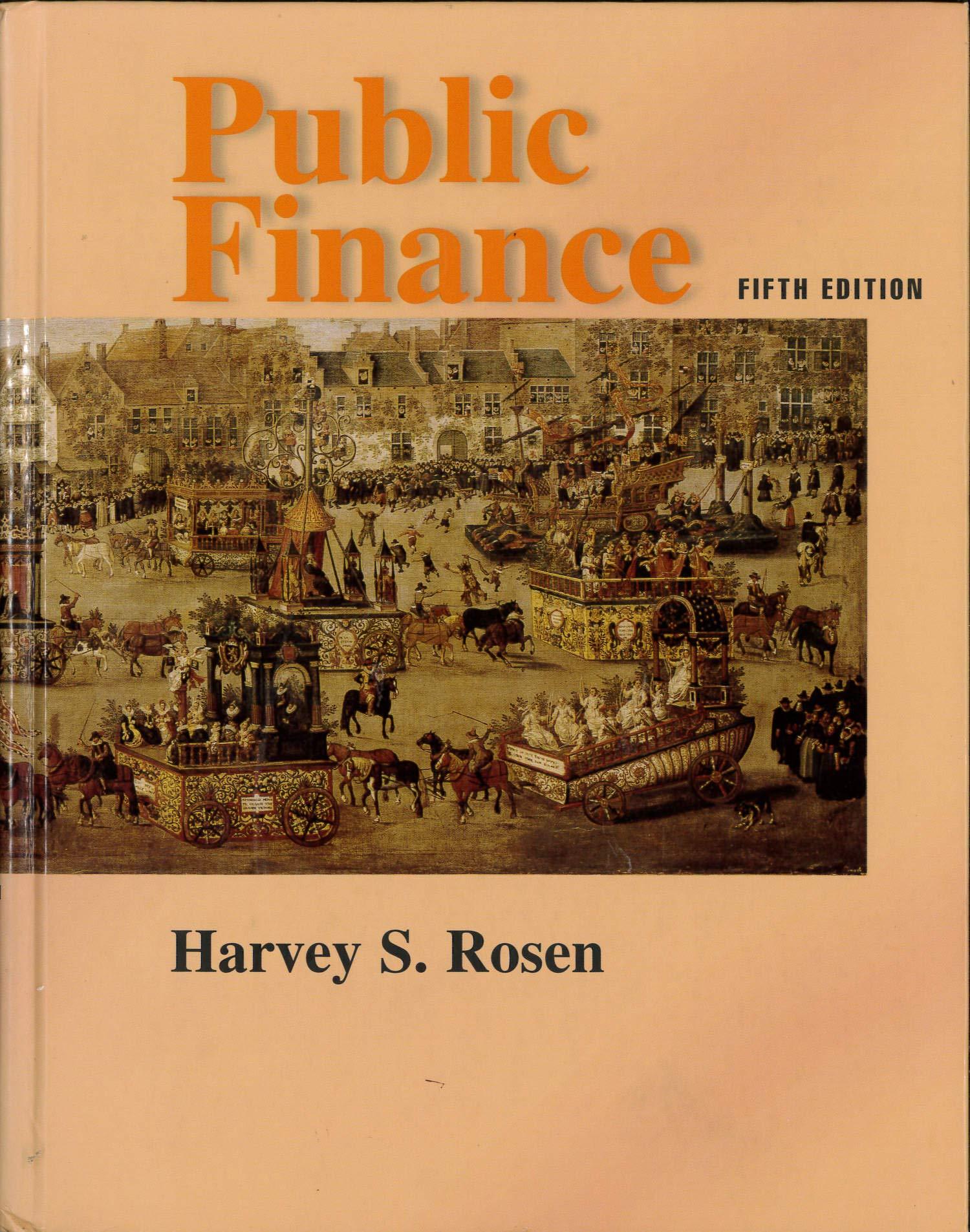Answered step by step
Verified Expert Solution
Question
1 Approved Answer
Assignment 2 , Part B - 1 Notes: When reporting interest rates and related values, please use the rounding rules that are down below. Interest
Assignment Part B
Notes: When reporting interest rates and related values, please use the rounding rules that are down below. Interest rates and growth rates should be reported in percent, although you'll usually calculate them as decimal values. Discount ratios, return ratios and annual return ratios should not be reported in percent: they can be reported in the same decimal form in which they're calculated.
For help with the assignment, please see the Reference notes Refnotespdf pp and my first set of Topic B lecture notes LecturesBpdf Both items will be available in Canvas.
Question unlike Questions and does not primarily require doing calculations. Instead, you'll be translating my inwords descriptions of credit instruments into symbolic descriptions, using the notation for describing credit instruments presented in my lectures and notes. A few calculations may be necessary, but they aren't the main component of the answers required.
ROUNDING RULES
In the case of interest rates and related values, round to the third decimal place, which is the nearest tenth of a percent. Examples: round to which is percent and should be reported in that way. And round to
Do the same thing for discount ratios, return ratios and annual return ratios, which should not be reported in percent.
In the case of a dollar figure greater than $ round to the nearest dollar. Example: round $ to $
In the case of a dollar figure less than $ round to the nearest cent. Example: round $ to $
If you need to use an answer from one question to help you calculate the answer to another question, feel free to use the rounded version of the first answer.
Notation
Translate the following descriptions of credit instruments into the notation used in class.
Note: For the credit instruments in Parts AC and F you do not need to provide a complete mathematical description of the payment on the credit instrument in each year. For the credit instruments in Parts D and E you do need to do so
a A credit instrument with a fiveyear term costs $ and returns a single payment of $ at maturity.
b A credit instrument with a term of three months costs $ It returns a single payment of $ at maturity.
c A credit instrument costs $ It returns a payment of $ after two years, a payment of $ after five years, and a finalpayment of $after ten years.
d A principalandinterest credit instrument with a term of twelve years costs $ It has a face value of $ and a coupon rate of percent.
e An annuity costs $ It returns a payment of $ at the end of each of the next ten years.
f A credit instrument with a term of nine years costs $It returns a payment at the end of every third year after it is issued. The first payment is $ Each subsequent payment is a third smallertwothirds as large as the preceding payment.
Calculating return rates
Calculate the discount ratio, return ratio, annual return ratio and annual rate of return interest rate for each of the following credit instruments.
Note: As indicated in the introduction, the annual interest rate should be reported in percent, but the other values should not be Unless otherwise indicated, round the values to three decimal places, if they have that many. For the annual interest rate, that amounts to rounding to the nearest tenth of a percent.
a The credit instrument from Question A
b A credit instrument that has a fouryear term, costs $and returns a single payment of $ at maturity.
c A credit instrument that has a twoyear term, costs $ and returns a single payment of $ at maturity.
dA credit instrument that has a oneyear term, costs $ and returns a single payment of $ at maturity.
eThe credit instrument from Question B
f A singlepayment credit instrument that costs$ and returns$ after months.
Interest rates and growth rates
Calculate the annual growth rate of each of the following items. Report the growth rates in percent. Unless otherwise indicated, round to the nearest tenth of a percent.
Hint: In each case, calculate the time interval between the two values, measured in years, possibly including fractions of a year. Use it as the "term."
aWorldwide iPhone sales, which were million in and million in
bThe population of India, which was million in and million in
cThe US national federal government debt, which was $ billion in and $ billion in
d The US Consumer Price Index, which was in December shortly before the pandemic began, and in June Hint: How many months are there from December to June counting January as the first month?
Step by Step Solution
There are 3 Steps involved in it
Step: 1

Get Instant Access to Expert-Tailored Solutions
See step-by-step solutions with expert insights and AI powered tools for academic success
Step: 2

Step: 3

Ace Your Homework with AI
Get the answers you need in no time with our AI-driven, step-by-step assistance
Get Started


